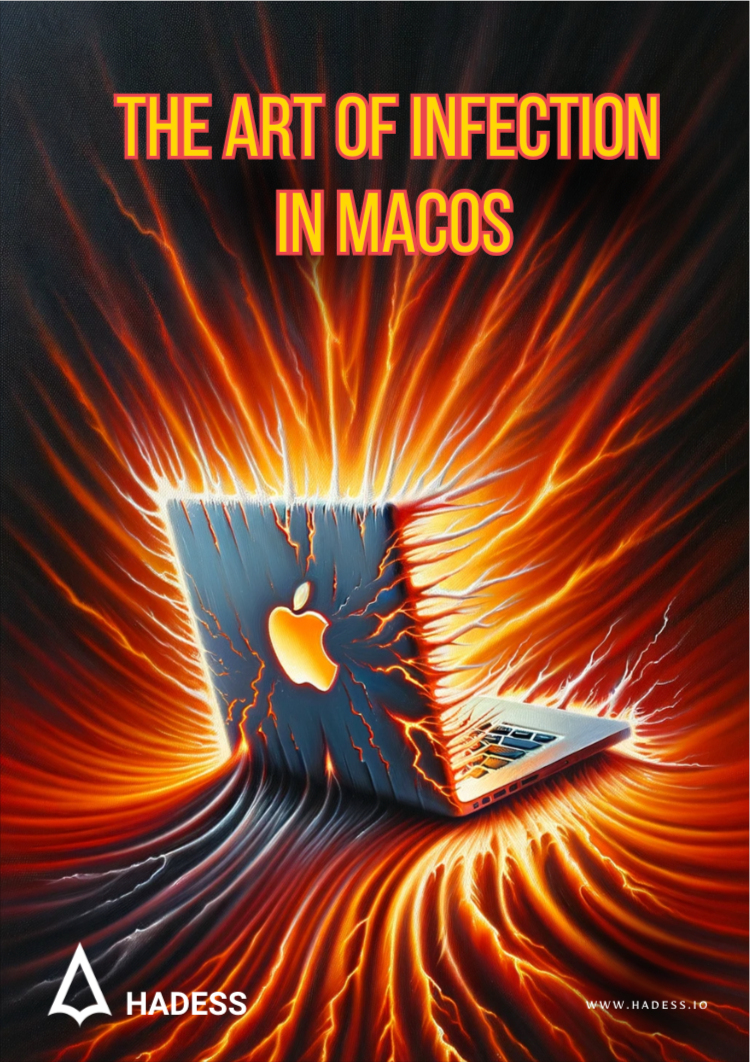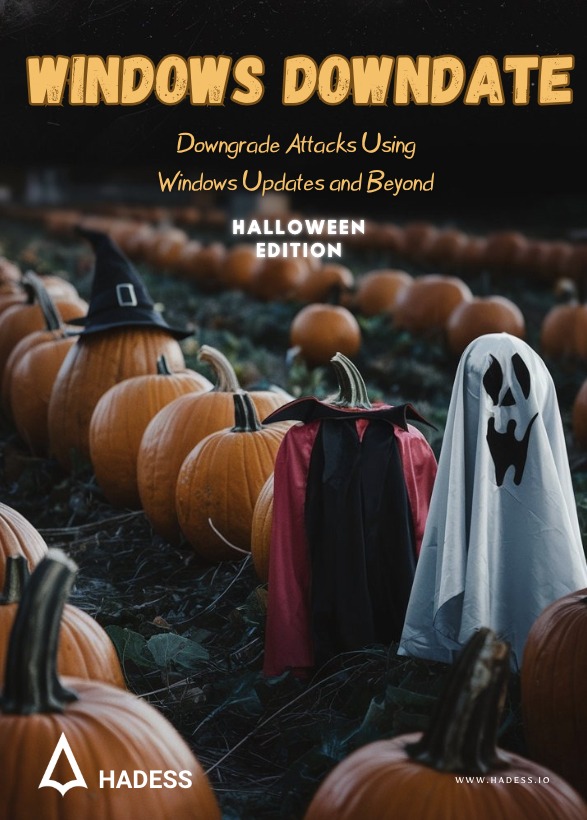In the modern digital ecosystem, the intricacies of malware infiltration within the macOS environment have evolved into a nuanced field of adversarial artistry. This report delineates a spectrum of infection techniques, shedding light on the meticulous craftsmanship that underpins malicious endeavors targeting macOS systems. The exploration spans across various avenues of infection, each embodying a unique facet of adversarial innovation, and underscores the countermeasures tailored to thwart such intrusions.
- Periodic Scripts & Login/Logout Hooks:
- Malicious actors exploit the periodic execution of scripts and login/logout hooks to establish persistence within the macOS terrain. By subverting these mechanisms, they orchestrate stealthy, automated execution of malicious payloads, circumventing detection while maintaining a persistent foothold.
- Dynamic Libraries (Dylibs) Exploitation:
- Dylib Proxying, Dylib Hijacking, and misuse of DYLD_* Environment Variables unveil a realm where malicious dylibs masquerade as legitimate, usurping the execution flow to serve adversarial intents. These techniques encapsulate a sophisticated blend of code injection and execution redirection, often eluding conventional security scrutiny.
- Trojanized Applications & Custom URL Schemes:
- By manipulating applications and URL schemes, adversaries craft deceptive facades that conceal malicious undertakings. These Trojanized entities serve as conduits for further system exploitation, blending seamlessly within the user’s digital environment while executing nefarious activities.
- Xcode Projects Exploitation:
- Subversion of Xcode projects manifests as a subtle yet potent vector of infection. Malicious actors inject tainted code within the project realm, leading to the generation of compromised applications, thereby orchestrating a cycle of persistent malware propagation.
- Exploitation Techniques and Countermeasures:
- The report elucidates a range of countermeasures, embodying the embodiment of cybersecurity resilience. From robust code signing practices to hardened runtime environments, these countermeasures represent the vanguard of defense against the ever-evolving threat landscape.





